Washington, National (DCA) USA
| IATA: DCA – ICAO: KDCA – FAA: DCA | |||
|---|---|---|---|
| Summary | |||
| Airport type | Ronald Reagan Washington National Airport is a public airport located three miles (5 km) south of the central business district of Washington, D.C., in Arlington County, Virginia, Virginia, United States. It is notable for being the nearest commercial airport to Washington, D.C. Originally named Washington National Airport, the facility was renamed after former President Ronald Reagan in 1998. The airport is commonly known as "National", "Washington National", "Reagan", and "Reagan National"; "DCA" is used as the main airport code | ||
| Owner | Metropolitan Washington Airports Authority | ||
| Serves | Washington Metropolitan Area | ||
| Location |    Arlington County, Virginia Arlington County, Virginia | ||
| Elevation AMSL | |||
| Website | www.mwaa.com/national/ | ||
| Runways | |||
| Direction | Length | Surface | |
| ft | m | ||
| 1/19 | 6,869 | 2,094 | Asphalt |
| 4/22 | 4,911 | 1,497 | Asphalt |
| 15/33 | 5,204 | 1,586 | Asphalt |
![]()
| Year | Minolta | Spot Location | |
|---|---|---|---|
| Film | Scan | ||
| 1987 | 9 | Inside the terminal transit aera behind the windows | |
The airport is a focus city for US Airways, also the airport's largest carrier. The US Airways Shuttle offers air shuttle service to LaGuardia Airport in New York City and Logan International Airport in Boston, Massachusetts. Delta Air Lines' Delta Shuttle offers air shuttle service to LaGuardia Airport in New York City. With a handful of exceptions, flights are restricted to destinations within 1,250 miles (2,012 km), in an effort to control aviation noise and to drive air traffic to the larger but more distant Washington Dulles International Airport. In 2006, the airport served approximately 18.5 million passengers. Because the airport lacks U.S. immigration and customs facilities, the only international flights operating out of DCA go to airports with U.S. Customs and Border Protection preclearance, which include Nassau, Bahamas; Bermuda; Toronto, Ontario; and Montreal, Quebec.
Washington National Airport was built by the federal government in 1940–41 by John McShain on mudflats alongside the Potomac River at Gravelly Point, immediately south of Washington, D.C, and roughly four miles from the United States Capitol.
In 1746 Captain John Alexander built a mansion, Abingdon, on the site. A descendent, Philip Alexander, donated most of the land on which the City of Alexandria was built, and it was so named in his honor. Abingdon Mansion was purchased in 1778 by John Parke Custis and was the birthplace of Eleanor "Nelly" Parke Custis, step-granddaughter of President George Washington. Abingdon was destroyed by fire in 1930. In 1998, the Metropolitan Washington Airports Authority preserved the site and housed artifacts found there in the Exhibit Hall, located in Terminal A.
Founding and construction
Airport facilities in Washington, D.C. were seriously inadequate throughout the early 20th century. Hoover Field, located near the present site of the Pentagon, was the first major terminal to be developed in the Capital area, opening its doors in 1926. The facility's single runway was intersected by a local street; guards had to stop automobile traffic during takeoffs and landings.
The following year, Washington Airport, another privately operated field, began service next door. In 1930, the economics of the Great Depression caused the two terminals to merge to form Washington-Hoover Airport. Bordered on the east by US-1, with its accompanying high-tension electrical wires, and obstructed by a high smokestack on one approach and a dump nearby, the field was less than adequate.
Washington National Airport opened its doors on June 16, 1941. Though located on the Virginia side of the Potomac, much of the site had originally been underwater, in District of Columbia territory. A 1945 law established the airport as legally within Virginia but under the jurisdiction of Congress.
Expansion
Rapid growth in air traffic led to the construction of runway extensions in 1950 and 1955. The runway layout — limited due to the location and orientation of the airport — has otherwise changed little, except for the 1956 closure of a fourth, east-west runway now used for taxiing and aircraft parking. The terminal building was supplemented by the completion of the North Terminal in 1958; the two were connected in 1961.
Despite the expansions, several efforts have been made to restrict the growth of the airport. The advent of jet aircraft as well as traffic growth led Congress to pass the Washington Airport Act of 1950, which resulted in the opening of Dulles Airport in 1962. Concerns about aviation noise led to the imposition of noise restrictions even before jet service began in 1966. To reduce congestion and drive traffic to alternative airports, the Federal Aviation Administration imposed landing slot and perimeter restrictions on National and four other high-density airports in 1969.
Service to the airport's dedicated Metro station began in 1977. The station was originally separate from the main terminal, but is today connected to terminals B and C via pedestrian bridges.
Tightened security and safety concerns
Because of Reagan National Airport's proximity to federal buildings such as the White House, the Capitol, and the Pentagon, as well as to major monuments such as the Washington Monument, enhanced security measures have been in place since the airport began operations.
Prior to the September 11 attacks, the most notable security measure was the southbound approach into the airport. Most of central Washington D.C. is prohibited airspace up to 18,000 feet. Due to this restriction, pilots approaching from the north follow the path of the Potomac River and make a steep turn shortly before landing on the southbound runway. This approach is known as the River Visual.[citation needed] Similarly, flights taking off to the north are required to climb quickly and take a steep left turn, to avoid contact with the Washington Monument or flight over the White House.
After the attacks, the airport was closed for several weeks, and security was tightened extensively when it reopened. Increased security measures included:
- A ban on aircraft with more than 156 seats (lifted in April 2002)
- A ban on the "River Visual" approach (lifted in April 2002)
- A requirement that, 30 minutes prior to landing or following takeoff, passengers were required to remain seated; if anyone stood up, the aircraft was to be diverted to Washington Dulles International Airport under military escort and the person standing would be detained and questioned by federal law enforcement officials (lifted in July 2005)
- A ban on general aviation (lifted in October 2005, subject to the restrictions below)
On October 18, 2005, Ronald Reagan Washington National Airport was reopened to general aviation on a limited basis (48 operations per day) and under serious restrictions: passenger and crew manifests must be submitted to the Transportation Security Administration 24 hours in advance, and all planes must pass through one of 27 "gateway airports" where reinspections of aircraft, passengers, and baggage take place. An armed security officer must be on board before departing a gateway airport


/https%3A%2F%2Fprofilepics.canalblog.com%2Fprofilepics%2F8%2F1%2F81057.jpg)
/https%3A%2F%2Fstorage.canalblog.com%2F20%2F39%2F97146%2F32300127_o.jpg)
/https%3A%2F%2Fstorage.canalblog.com%2F12%2F78%2F97146%2F30672854_o.jpg)
/https%3A%2F%2Fstorage.canalblog.com%2F26%2F90%2F97146%2F27985019_o.jpg)
/https%3A%2F%2Fstorage.canalblog.com%2F37%2F46%2F97146%2F27230276_o.jpg)
/https%3A%2F%2Fstorage.canalblog.com%2F33%2F59%2F97146%2F21981067_o.jpg)
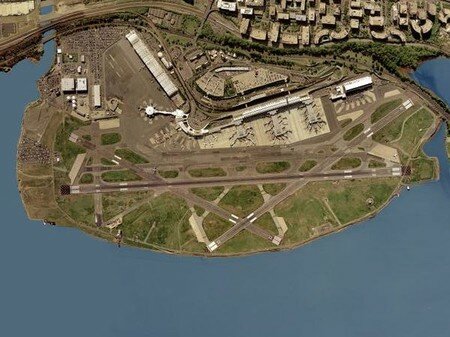


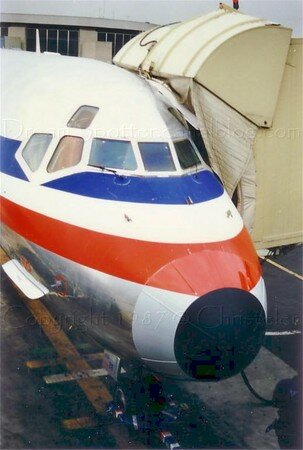
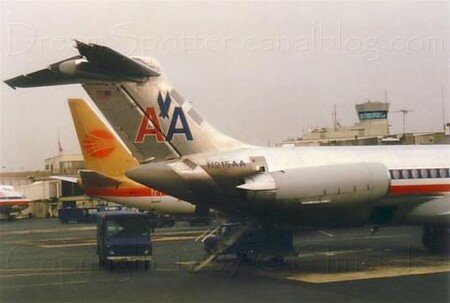



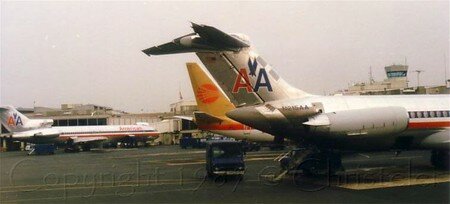




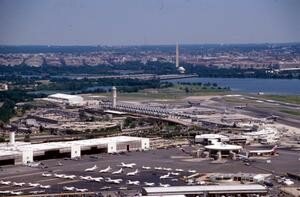









/http%3A%2F%2Fstorage.canalblog.com%2F71%2F70%2F97146%2F11850122_o.jpg)
/http%3A%2F%2Fstorage.canalblog.com%2F53%2F99%2F97146%2F26972015_o.jpg)
/http%3A%2F%2Fstorage.canalblog.com%2F27%2F38%2F97146%2F29000056_o.jpg)
/http%3A%2F%2Fstorage.canalblog.com%2F53%2F22%2F97146%2F27073995_o.jpg)